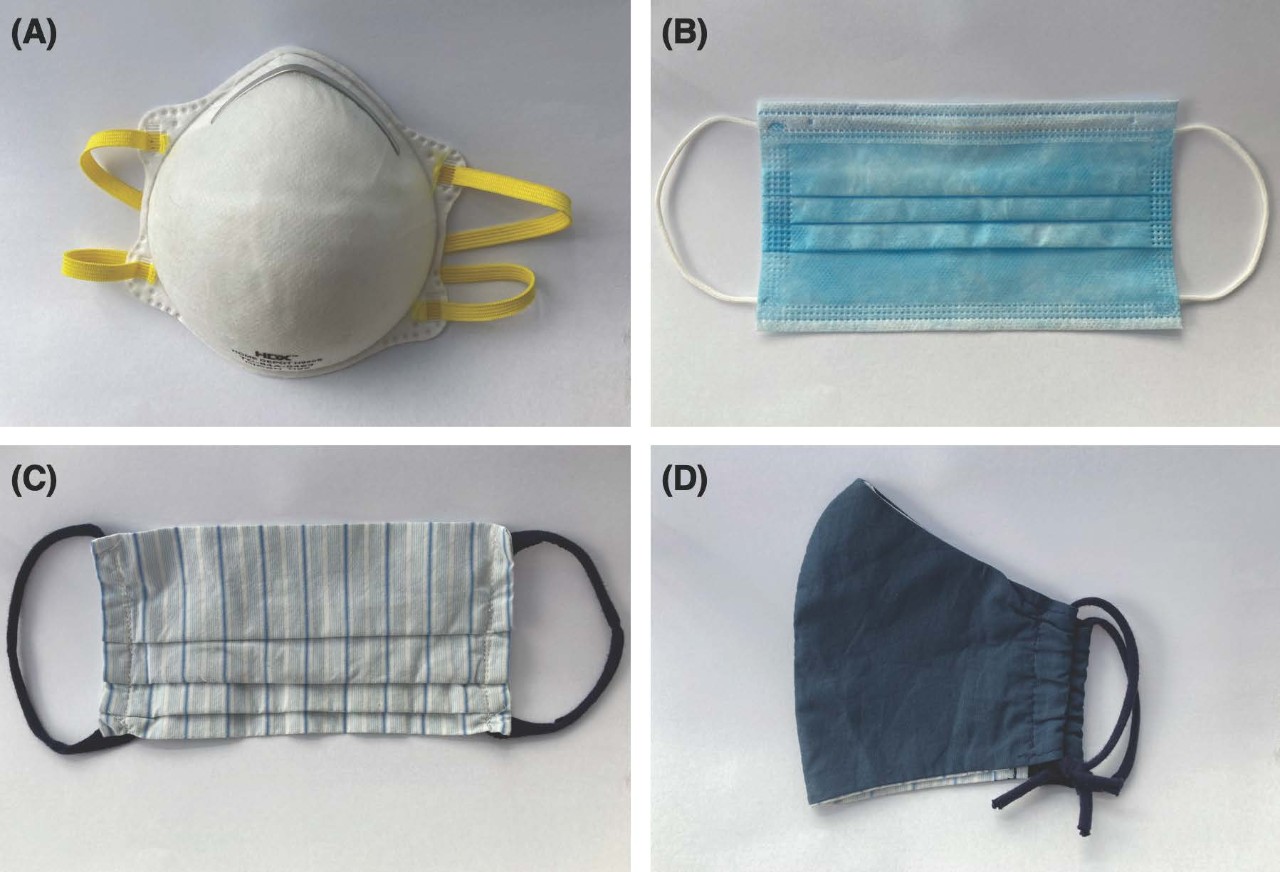Villanova University Research Team Explores How COVID Masks Impact Speech
Study findings show that a speaker wearing a surgical mask has virtually the same chance of being understood by listeners with normal hearing as a speaker without a mask.

VILLANOVA, Pa. — A team of psychologists from Villanova University has published research showing how various types of masks affect speech recognition in different levels of background noise. Two professors in Villanova’s Department of Psychological and Brain Sciences in the College of Liberal Arts and Sciences—Joseph Toscano, PhD, director of the Cognitive Science Program, and Cheyenne Toscano, PhD—have found that a speaker wearing a surgical mask over their mouth has virtually the same chance of being understood as a speaker without a mask. The team’s findings, “Effects of face masks on speech recognition in multi-talker babble noise” were published in the February 2021 issue of the journal PLOS ONE.
Face coverings have been proven to restrict the spread of communicable diseases like COVID-19 when worn over the mouth and nose. At the same time, some have expressed concern about how masks impact human communication and the ability to be understood. To examine whether this is a legitimate concern for listeners with normal hearing, Drs. Cheyenne and Joseph Toscano experimented with surgical masks, N95 respirators, a fitted cloth mask and a pleated cloth mask in two different scenarios—low background noise and loud background noise. The study’s 200 participants donned headphones and listened to recordings of simple sentences made while the speaker wore each of the four styles of mask. The listeners were asked to type what they heard into a text box, and results were scored based on how many words the listeners were able to correctly identify.
“Masks might be a part of our world for a while. We wanted to look at how people understand one another while wearing masks, and how to better make ourselves heard,” said Dr. Cheyenne Toscano. “We’ve got to adapt to this new normal."
Counter to the dialogue that masks make it harder to hear one another, the results of “Effects of face masks on speech recognition in multi-talker babble noise” showed that individual who reported normal hearing were able to correctly identify words in low levels of noise with approximately 94.3% accuracy when the speaker was not wearing a mask, as compared to a 93.5% accuracy when the speaker was wearing a surgical mask—a mere 0.8% difference.
Dr. Joseph Toscano added, “We know that visual information is also helpful for understanding speech, but these results show that, even when you cannot see the speaker, you can still understand them quite well when they are wearing a mask.”
The next most audible scenario was an N95 mask at 93.1% accuracy, followed by 91.8% and 88.8% accuracy for the pleated and fitted cloth masks, respectively. When background noise (i.e. the babble of six people speaking) was introduced into the sentence recordings at a louder sound level, the listener’s comprehension dropped to 45.2% accuracy when the speaker wasn’t wearing a mask, and 42.4% when the speaker was wearing a surgical mask, followed by 34.6% accuracy with an N95 and 35.1% and 27.0% with the pleated and fitted cloth mask types.
While dampened acoustic frequencies did lower the listeners’ ability to accurately identify what the speaker was saying, the percentage points were negligible for most masks in the low-noise condition, according to the Toscano’s findings.
“While we can’t sit in a crowded bar with a lot of background noise right now, many of us do interact with the checker at the grocery store or teach in a classroom with a mask over our face,” Dr. Joseph Toscano said. “We hope this data will motivate people to wear masks.”
The finding that surgical and N95 masks are better than cloth masks is also in accordance with research published by the CDC’s Journal of Emerging Infectious Diseases stating that “The filtration effectiveness of cloth masks is generally lower than that of medical masks and respirators.”
Although the results of the study demonstrate that “different types of masks generally yield similar accuracy in low levels of background noise”—and that the differences between masks “become more apparent in high levels of noise”—the Toscanos’ research presents a hopeful picture of the human ability to adapt to difficult circumstances.
“People are generally pretty good at this,” Dr. Cheyenne Toscano emphasized. “As the talker, you might be adjusting your speech, or putting in more effort to try to be heard. We’re good at adjusting to new voices we haven't heard before. We’re good at adapting to wearing a mask. People are adaptable to challenging listening conditions.”
Read the full article on PLOS ONE here.
About Villanova University: Since 1842, Villanova University’s Augustinian Catholic intellectual tradition has been the cornerstone of an academic community in which students learn to think critically, act compassionately and succeed while serving others. There are more than 10,000 undergraduate, graduate and law students in the University's six colleges—the College of Liberal Arts and Sciences, the Villanova School of Business, the College of Engineering, the M. Louise Fitzpatrick College of Nursing, the College of Professional Studies and the Villanova University Charles Widger School of Law. Ranked among the nation’s top universities, Villanova supports its students’ intellectual growth and prepares them to become ethical leaders who create positive change everywhere life takes them. For more, visit www.villanova.edu.
